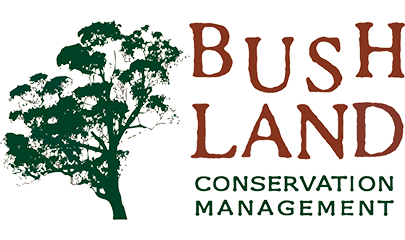The Glossy Black-Cockatoo Calyptorhynchus lathami is a rare and threatened species, listed as vulnerable in Queensland. The Noosa Biosphere Reserve is considered a significant habitat of this black cockatoo with up to one third of the entire known population located in the region.
Glossy Black-Cockatoos are extremely loyal to their habitat and stay within their family groups. There are currently no known active or recorded, natural or artificial nesting sites in the Noosa Shire or Sunshine Coast. Thanks to citizen science observations achieved by the dedicated community at Sunrise Beach, we do know Glossies are breeding.
A key challenge in their recovery is breeding success. Pressures have been put on these large hollow dependant species by land clearing, logging, bush fires and fragmentation. The 2019 and 2020 bushfires in Peregian Springs and Cooroibah impacted feed tree sites and habitat trees in the Noosa Shire.
This project will utilise bioacoustic sound recorders with software to monitor and analyse calls of the Glossy Black-Cockatoo. Identifying successful nesting sites will enable better support and conservation management for local Glossy populations. This research can inform feed tree revegetation, watering hole rehabilitation, habitat protection and further nesting box installation in identified Glossy Black Cockatoo critical zones. Bioacoustic sound recording software was developed by Dr Daniella Teixeira and has been successfully used in other parts of the country, in particular on Kangaroo Island.









